Construction Contracts: What to Know About Estimates vs. Bids
http://decor-ideas.org 10/29/2014 03:13 Decor Ideas
When planning a home remodeling or new construction project, one of the first things homeowners usually want to know is how much the work will cost. Part of asking about cost is not just defining what the work will be but also knowing what form you would like the contract to take — fixed price (also known as a bid) or time and materials (also known as cost plus or estimate of cost). Understanding the subtleties of these contract forms will help you decide which is right for you.

Fixed Price
A fixed-price proposal, also known as a bid, guarantees that a specific amount of work will be accomplished for a specific price. For example, a bid might be: “Three layers of roofing will be removed and replaced with 1,000 square feet of new 30-year CertainTeed composition roofing, including starter flashing, ridge vents and underlayment for $5,000 plus tax.”
The idea with a fixed-price proposal is that the cost will not exceed the agreed-upon price unless work is added, subtracted or changed. For instance, upgrading to a 40-year product would increase the cost of the material and labor. Similarly, if there isn’t a plywood substrate, installing plywood under the roofing would be an added cost. Those costs would be documented in a change order, which shows the change in cost to the contract price.
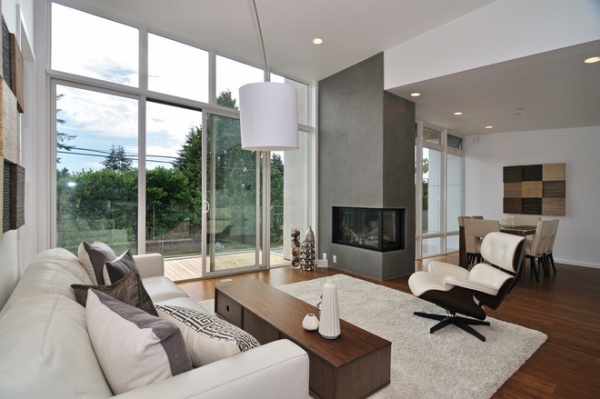
Pros of fixed price. Bids are the preferred method of contracting for many firms and homeowners. Homeowners choose it for a variety of reasons. Many like knowing that there is a not-to-exceed amount for the project, barring any change orders.
The fee for work is usually paid on a schedule that is tied to the calendar or to milestones, like the completion of framing or installing Sheetrock. That means checks are written less frequently and for a predictable amount. Some people are more comfortable having a specific price rather than one that can vary based on actual cost. Others want to be assured they are getting the lowest possible price by comparing bids from several contractors.
Many contractors prefer bids as well. Bids mean more work on the front end, because of the detailed cost estimating required, but less paperwork and cost accounting to clients during construction. They also have the benefit of often not revealing labor rates or markup, so that becomes less of an issue when discussing cost with clients.
This allows the contractors to focus their presentation to clients on the value and service they provide rather than on rate comparisons with competitors. Bids also allow contractors not just to cover their costs, but to include a cushion of contingency money in their bid that becomes extra profit should the project be completed as expected or ahead of schedule with no additional costs.
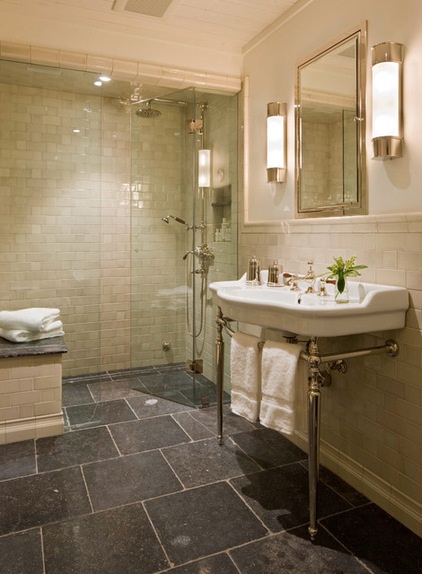
Cons of fixed price. Because contractors don’t want to be caught short on funds to complete projects with good quality, the cushion they build in means homeowners can wind up paying more than they would have with a time and materials contract. A lack of detail in specifications could lead to more change orders than expected.
For instance, millwork that is left unspecified could be MDF (medium-density fiberboard), finger-jointed wood, poplar or vertical-grain fir. All have different price points and, if not specified, the contractor could include any one of them in their bid. Fixed-price contracts can also lack the transparency that some homeowners seek in the process.
For example, time cards, invoices, subcontractor bids and other documentation are usually not part of the information provided. Homeowners also often have no say in which subcontractors are hired for work, as the contractor’s bid relies on the ability to select that subcontractor for the price.

Considerations. Fixed-price proposals are most useful when they include a detailed description of the work, also known as scope of work. Completing the design and selecting the materials leave little room for what is known as an allowance, which is a placeholder for something yet to be selected.
In a fixed-price or time and materials contract, allowances are generally resolved by change orders. This means that when something is selected for the item that is an allowance (a countertop material, a design for a fireplace or flooring, for example), a change order is written to document the difference in cost between what is selected and what’s in the allowance.
This could mean spending more or less money overall. If you receive a bid with many allowances, make sure you understand that the allowances may or may not cover the cost of that part of the work and could result in an overall increase in cost.
In a competitive bid situation, there is the possibility that a contractor who is willing to make a lower gross profit will offer a price below the other contractors. This could mean that the contractor is counting on using less expensive subcontractors and materials, taking more or less time to complete the work, or planning on less supervision and communication than the others.
Understanding who will be the supervisor, how much time he or she will spend onsite and how often that person will communicate can help homeowners evaluate proposals and their relative costs — not only in relation to the finished product but in terms of the customer service experience as well. In a worst-case scenario, the bid could be so low that the contractor can’t cover the cost of doing the work.
You may find that some firms are willing to use one form or another — not both — or may not be willing to engage in competitive bidding because of the large time investment involved.

Time and Materials
The price of a T&M contract, also known as cost plus or estimate of cost, will come not via a bid but via an estimate. An estimate will detail, generally by line item, all of the tasks associated with the project. Aside from tasks, estimates detail general costs (also known as general conditions), such as supervision, cleanup, materials handling and a portable restroom; show the markup and tax; and sometimes even include costs like general liability insurance as separate line items. Depending on the company and how it estimates, you may have hundreds of line items to review.
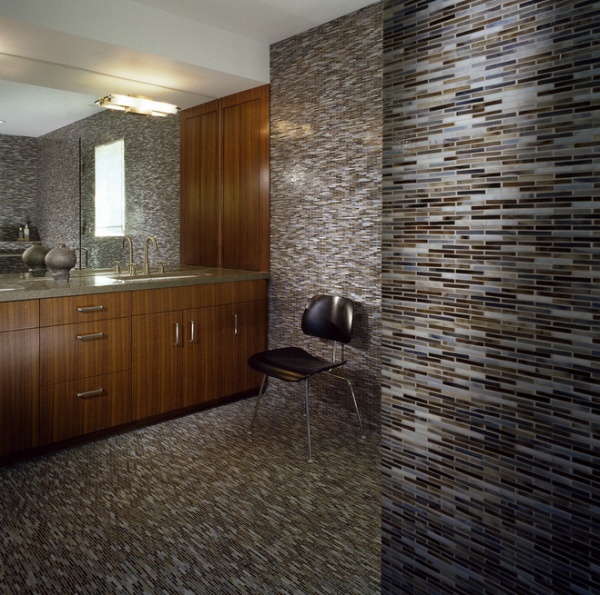
Pros of time and materials. Estimates are usually easy to compare. It should be easy to take three estimates and see how much each contractor thinks your demolition, plumbing or electrical work will cost. If you don’t have an electrical plan yet, comparing estimates will give you a good range of cost.
If you have provided a plan and specifications for lighting, it will give you a better idea of the likely final cost, though one or the other contractors may have included or left out things like a panel upgrade that one thinks is necessary, or the hardwired smoke detectors required by code. Once again, the specificity of the scope of work will be most useful in comparing pricing, regardless of whether it’s an estimate or bid.
T&M contracts usually do not have a cushion built in. That means clients are billed for just the actual hours, materials and subcontractor work it takes to build the project. Many homeowners prefer this method because they don’t pay more than the contractor needs to complete the work well. Many contractors provide clients with a percent-complete document regularly to show the estimate versus actual items billed and a running total for the project to monitor cost.
Contractors who use T&M contracts like them for many of the same reasons their clients do. They are paid for what it actually takes to build a project. In remodeling it can be difficult to estimate the time it will take to accomplish a task on an older home, particularly when it’s been previously remodeled. Some tasks can be finished quickly, while others take an extended amount of time. T&M contracts ensure that the contractor will be paid for the required work even if it takes longer than anticipated because of unknowns.
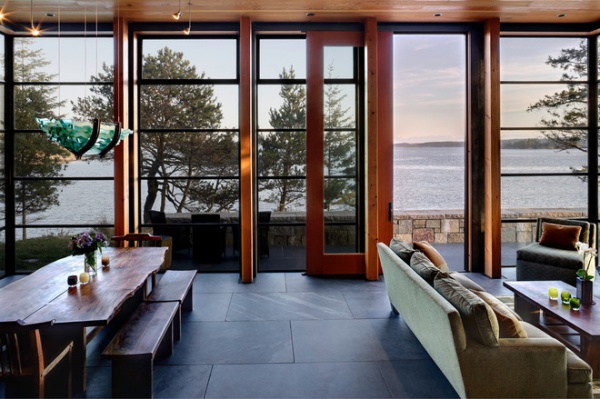
Cons of time and materials. Because T&M contracts do not have a firm not-to-exceed amount, they can lead to cost overruns, particularly if paperwork and the monitoring of work performed to date are lax. To avoid this situation, before hiring a contractor, ask for multiple references and find out how the contractor has performed on total cost for recent projects the same size as yours. This will give you a good idea of his or her skill in estimating and managing projects.
The amount of detail in T&M estimates can be confusing or overwhelming to homeowners who aren’t sure how to read them or simply don’t want that much detail. Soliciting an architect’s help in evaluating and interpreting the proposals can be helpful, whether the contract form is T&M or fixed price.
The downside for contractors is that T&M contracts often require substantially more paperwork than fixed-price contract. Providing regular percent-complete, or progress, reports, along with copies of receipts and time cards is time consuming and generally not required in a fixed-price contract.
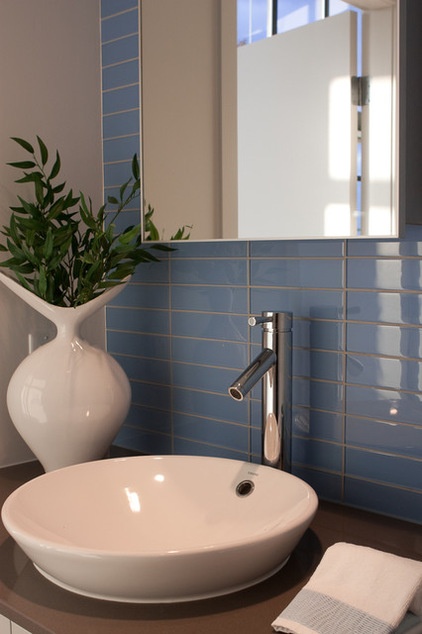
Considerations. If you choose a T&M contract, make sure there will be cost controls and monitoring that will allow you to understand how costs are trending. Don’t let the extra time a T&M contract allows lull you into delaying your material seleciton. When specifications are completed before the start of construction, a competent contractor will be able to keep your project on track. The more left unselected and added during construction, the less able a contractor will be to stay on budget and on time.
Hybrid Contract
Some contractors are willing to write a hybrid of the two basic contract forms. A T&M contract can be written with a not-to-exceed amount or with a fixed contractor’s fee (also known as a markup). This provides some cost control without requiring a bid process, but removes the benefit to the contractor that a contract with a bid provides. Sometimes the homeowner and contractor will split the difference in this kind of contract, using a portion of the not-to-exceed amount as a bonus at the conclusion of the project.
More:
What to Look for in a Contractor’s Contract
10 Things to Discuss With Your Contractor Before Work Starts
Related Articles Recommended












